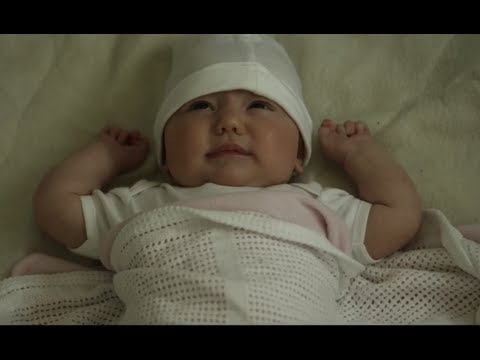
Two-thirds of parents are unable to spot the warning signs of a febrile seizure, a survey suggests – even though 5% of children experience them.
Febrile seizures are a form of convulsions caused by fever and most mothers and fathers have admitted they would lack confidence about what to do if one happened.
The charity’s head of first aid, Joe Mulligan, has said although the symptoms may look frightening, they are easily treatable.
One mother, Joanne Riley, described witnessing a febrile seizure in her two-year-old son as “one of the scariest moments of my life”.
She added: “It was a really traumatic experience – seeing my baby stiff and shaking and slowly watching his tips turn blue.
“I remember thinking: ‘This is it, my little baby is dying’.”
Ahead of World First Aid Day, the Red Cross gave this advice for febrile seizures:
- :: The baby or child may arch their back, stiffen their body and clench their fists. They look red-faced, are hot to touch and sweating
- :: Their eyes may roll upwards and they may hold their breath
- :: Do not restrain the baby or child, but do protect them from injury. Remove objects which could cause them harm while they are having the seizure. Use a blanket or clothing to protect their head from injury
- :: As febrile seizures are caused by a raised temperature, remove outer clothing to help keep them cool. If the room they are in is hot, ensure there is a constant flow of fresh air – perhaps by opening a window
- :: Once the seizure is over, help the baby or child to rest on their side with their head tilted back, as this will help them to keep breathing
- :: If the symptoms continue or it is their first seizure, seek medical advice.
